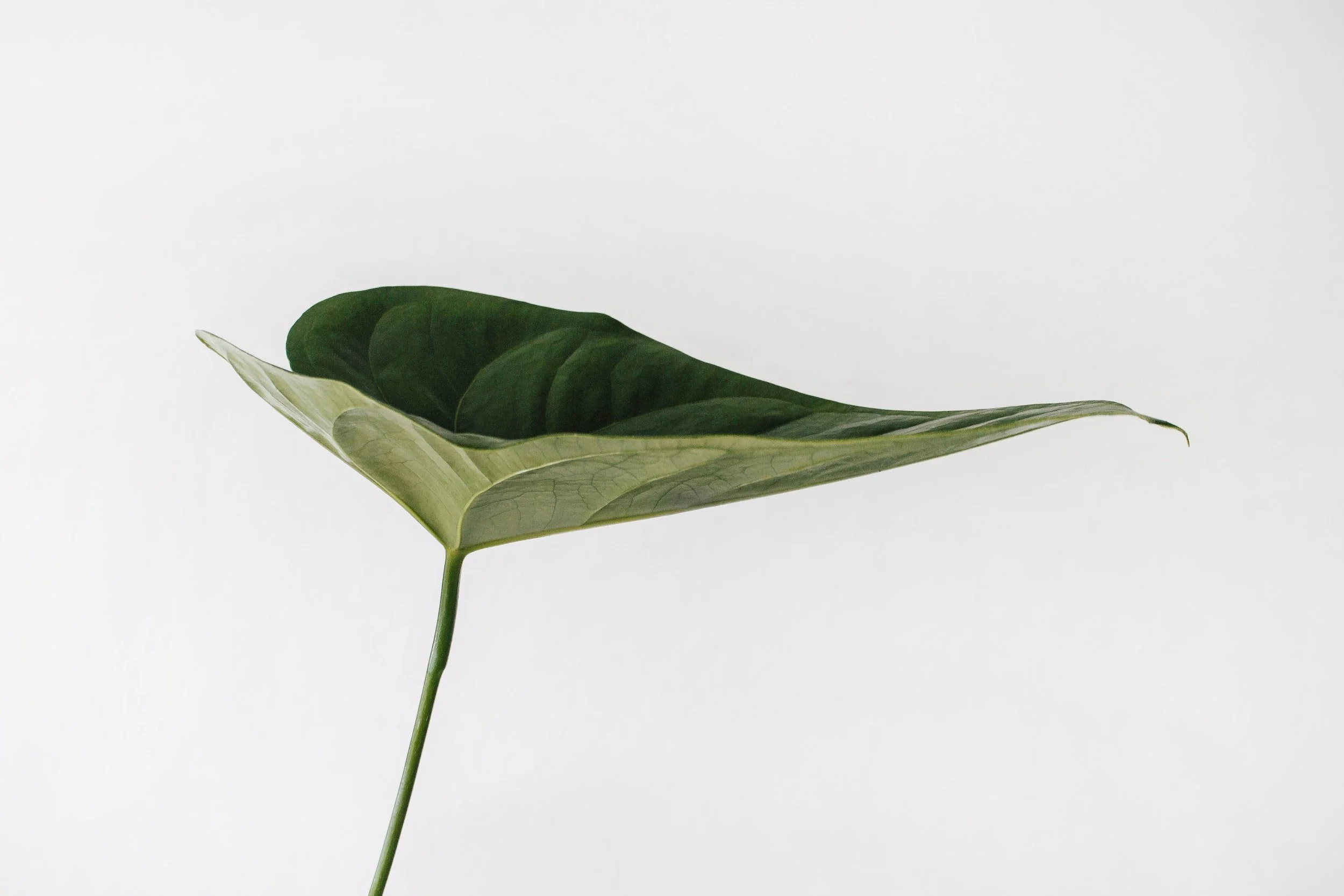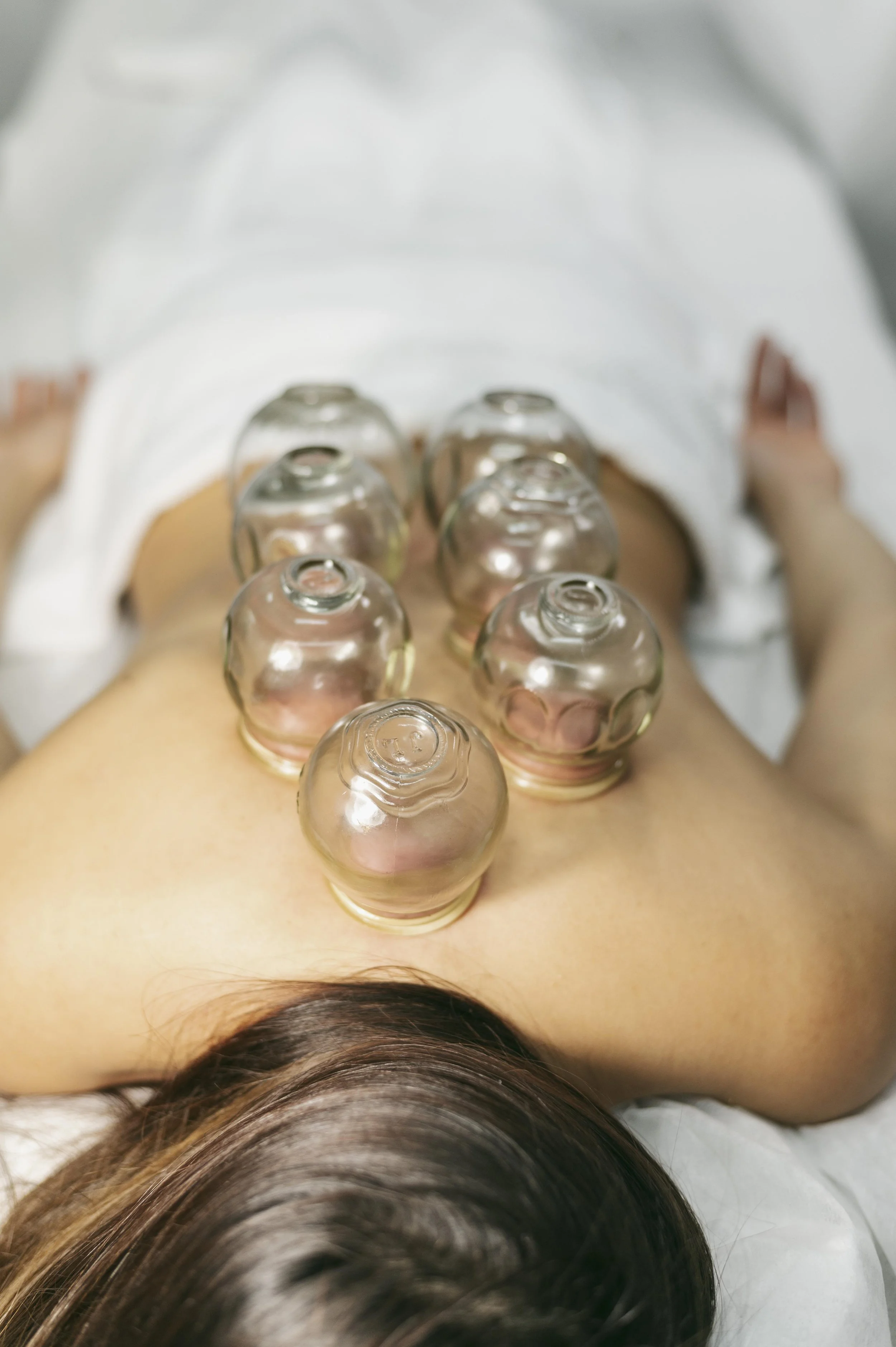Ortho-bionomy - Encouraging the Body to Self-Correct
I have been working in the wellness industry for nearly 20 years and prior to becoming a licensed acupuncturist I was a Holistic Health Practitioner (HHP) which is equivalent to 1000 hours of massage therapy, nutritional and spiritual counseling and movement therapy. I studied at a school that was founded on the principles of Japanese meridian theory and at its heart, Traditional Chinese Medicine. As a student I took classes in multiple bodywork styles including craniosacral, shiatsu, tui na and Rolfing. I’ve experienced a multitude of massage techniques but one that I’ve had fairly recently sticks out in my mind because of its profound effects. I first met Robert Sherman in 2015 through a mutual patient who thought we could both benefit from being introduced. Robert has been doing massage for 20 years and his style is really an amalgam of his bodywork clinical pearls; it was through him I was introduced to the technique of Ortho-Bionomy. Ortho-Bionomy was developed in the 1970’s by Canadian osteopath Arthur Pauls, it is a method of structural integration that combines gentle movements with compression similar to positional release. The name Ortho-Bionomy implies the correct application to the laws of living. It can be used to help overcome chronic pain patterns and emotional disorders that often present concomitantly. It is well known that the health and function of the body depends largely on the proper circulation of blood and lymphatic fluid. With this understanding in mind, Dr. Pauls surmised that if given the right environment, the body has an innate ability to restore proper circulation and correct imbalances that can lead to disease. Dr. Pauls’ experience as a Judo instructor infused Eastern philosophy and meridian theory into the osteopathic Strain Counterstrain technique. Using the Taoist principle of Wu Wei “do by not doing” Dr. Pauls developed Ortho-Bionomy as an enhanced version of Strain Counterstrain positional release technique and a gentle way to restore the body by correcting muscular imbalances.
The Science of Ortho-Bionomy
Central to the Strain Counterstrain technique is the palpation of Tender-Points described as slightly edematous areas found within muscles, tendons, ligaments and fascial tissues (Wong, 2012). Tender-points differ from areas known as trigger points which are found in taut tendino-muscular bands, in that they have been found to have lowered electrical conductivity and decreased pain thresholds (Lewis et al., 2010). Once identified, the Tender-points are monitored for decreased sensitivity by the practitioner as they skillfully position the patient to shorten the tissue around the areas of tenderness. For Ortho-Bionomy practitioners these areas are not only diagnostic, they also function as a gauge for change within the tissue throughout the treatment. Ortho-Bionomy relies on the principle of proprioception to explain its effect on abhorrent nerve impulses between muscle agonists and antagonists. Essentially these muscle groups get locked in a “tug-of-war” and effect the joints around the areas of pain and dysfunction. In his seminal paper Osteopathic physician Irvin M. Korr reasons that the musculoskeletal system being the recipient of the majority of efferent motor outflow from the Central Nervous System (CNS) must also therefore, be the dominant source of sensory information flowing back to the CNS (Korr, 1975). Korr speculated that this action takes place in the organs of proprioception namely the muscle spindles, more specifically the Golgi tendon apparatus. When the body sustains an injury, efferent nerve fibers innervated by the dorsal horn of the spinal cord are effected by “osteopathic lesions” that cause these fibers to become more susceptible to excessive excitation, leading to what is known as somatic dysfunction and pain. Ortho-Bionomy addresses the effects of skeletal muscle patterning and associated dysfunction particularly after an injury goes chronic, this technique was designed to undo the protective mechanisms the body uses to avoid further injury. Practitioners of Ortho-Bionomy believe that the reflex actions of the muscular system play an integral part in healing injuries; it is with this understanding that the Ortho-Bionomy therapist gently guides the body toward homeostasis, effectively boosting its ability to self-correct” (Dupler, 2021).
The gentle positioning of the body by shortening tensile tissues to improve circulation of blood and lymph and thus promote “self-healing” is the philosophy behind Ortho-Bionomy. As a Chinese medicine practitioner, my treatments address the long-term effects of pain on the mind-body as a systematic approach to the treatment of pain syndromes. Similarly Ortho-Bionomy addresses somatic dysfunction which can lead to chronic pain conditions, stress and the emotional patterns that develop alongside these conditions. In my mind Ortho-Bionomy is very similar to Chinese medicine in that they both seek to re-establish balance within the body through the stimulation of points located in channels of muscle and bone to optimize the healing ability of the human body. Understanding imbalances that effect overall health and making subtle adjustments to avoid future disease states is fundamental to both both disciplines. Both methods effectively re-establish the homeostatic relationship of movement and sensation, activation and relaxation and thus qi and blood. As a patient of Robert’s I have experienced pain relief and the healing of chronic sports injuries. Each session with him I am reminded of the profound nature of the body’s ability to self-correct and heal itself. For more information about Robert Sherman and Ortho-Bionomy check out his website:
https://robertsmassage.com
Resources
Dupler, D. (2021, February 13). Ortho-bionomy. https://www.encyclopedia.com. https://www.encyclopedia.com/medicine/encyclopedias-almanacs-transcripts-and-maps/ortho-bionomy.
Korr, I. M. (1975). Proprioceptors and somatic dysfunction. The Journal of the American Osteopathic Association, 74. https://doi.org/10.7556/jaoa
Lewis C, Souvlis T and Sterling M (2010). Sensory characteristics of tender points in the lowerback. Manual Therapy 2010b;15:451e6
Wong, C. K. (2012). Strain counterstrain: Current concepts and clinical evidence. Manual Therapy, 17(1), 2–8. https://doi.org/10.1016/j.math.2011.10.001






